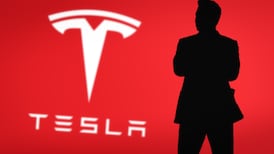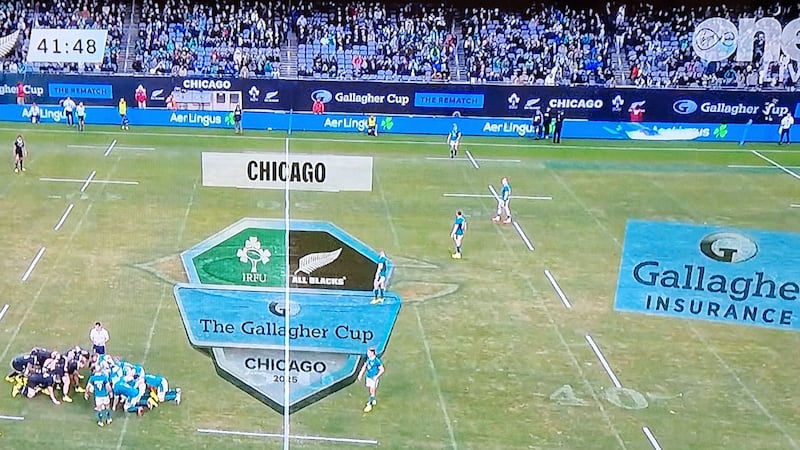When Nvidia was first valued at $1 trillion in 2023, warnings flew. IG asked if it was a “$1 trillion bubble of epic proportions”, and fretted that AI hype might be history repeating itself, noting that tech stocks often ride hype – blockchain, crypto, Web3 – before investors’ enthusiasm fizzles.
By March 2024, Nvidia was worth more than $2 trillion.
“Nvidia’s surge stokes talk of a bubble,” headlined the Wall Street Journal, noting the stock’s 18-month sevenfold rise. It quoted high-profile economist Torsten Slok, who was warning that the “current AI bubble is bigger than the 1990s tech bubble”.
Fast forward: Nvidia has now become the first company ever to reach a market value of $5 trillion, up roughly 12-fold since the launch of ChatGPT in November 2022.
READ MORE
The market has spoken, and so far, the bears have been wrong. That doesn’t mean valuation concerns are unwarranted.
[ European spending on ChatGPT stalls despite soaring OpenAI valuationOpens in new window ]
Also, the rally remains narrow: on October 28th, the S&P 500 rose, yet nearly 80 per cent of its stocks fell, marking the weakest breadth ever for a positive day.
A few mega-caps like Nvidia are arguably carrying the market, masking broader weakness. Still, the Nvidia episode is a reminder of the importance of humility.
The future is always uncertain, and spotting a bubble is easier in retrospect than in real time.
Nvidia’s extraordinary gains have been matched by extraordinary earnings, showing how warnings that sound prudent can prove painfully premature.
[ OpenAI’s network of deals is propping up the AI boomOpens in new window ]















